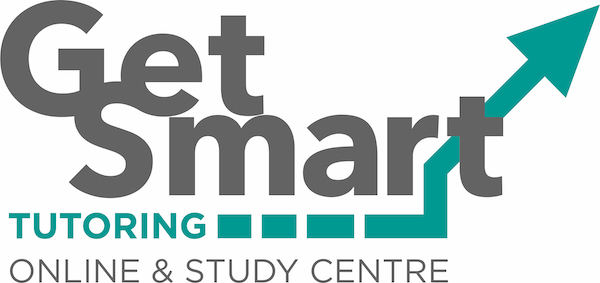Imagery and Language | |
Alliteration | Words in a sentence/passage that begin with the same letter or sound. |
Plosive alliteration | Repetition of the B or P sound at the beginning of words. |
Sibilance | Repetition of the S or SH sound at the beginning of words. |
Metaphor | Comparing one thing to another by saying it is something else e.g. the tree was a mountain. |
Simile | Comparing one thing to another using like or as e.g. the was like a mountain. |
Personification | Giving an inanimate object human qualities. |
Onomatopoeia | Words that sound like what they are e.g. bang/crash/drip. |
Repetition | Repeating a word or idea more than once. |
Adjective | A describing word. |
Verb (dynamic/modal) | A doing word. |
Noun (abstract/concrete) | A naming word. |
Pronoun | I/You/He/She/They etc. |
Adverb | Describes a verb, usually ends in –ly. |
Connotation | The associated meanings of words e.g. the connotations of red might be love/danger/anger etc. |
Colloquial language | Informal or slang language. |
Semantic field | A group of words suggesting a theme/topic e.g. a semantic field of war – guns/bullets/army/soldier etc. |
Character | |
Narrative voice | The perspective from which the story is told. |
Archetype | A familiar/traditional character used seen in many stories across different cultures e.g. the villain. |
Protagonist | The main character, mostly the hero. |
Setting | |
Pathetic fallacy | When the weather reflects the actions/mood of the story. |
Structure | |
Declarative sentence | A statement e.g. The sky is blue. |
Imperative sentence | A command e.g. Stop running. |
Interrogative sentence | A question. |
Explanative sentence | A sentence ending with a “!”. |
Linear narrative | Narrative that follows a straight line e.g. beginning – middle – end. |
Non-linear narrative | Often starts in the middle of the story and then goes back to the beginning may involve flashbacks |
Cyclical narrative | A story that ends where it begins. |
Motif | Reoccurring ideas and themes throughout the story. |
Asyndetic list | A list without conjunctions or connectives. |
Climax | The point of greatest tension in the story. |
Foreshadowing | Hints of what is to come in the story. |
Posted by admin at 2:44 PM on March 11, 2019
